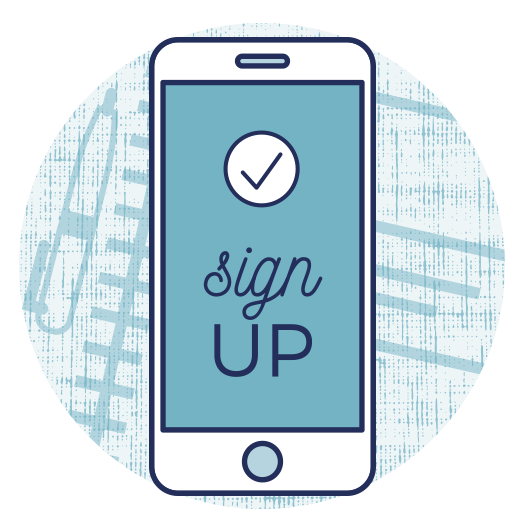Website Conversion
Turning Visitors into Customers
A website is your welcome mat to the world – your chance to let potential customers near and far to get to know you. Furthermore, a website is a chance to garner leads and convince potential customer to choose you (which is called a website conversion). Surprisingly, many established companies underperform on the metric of website conversion. The good news is that there are many simple things that a business can do to increase the effectiveness of a website. You may like the look and feel of your website, but does it persuade your users to purchase from you? Here are some helpful website conversion tips.
Value Proposition
In most scenarios, you have less than ten seconds to make a good impression on a user before they decide to go elsewhere. You have to tell a user right away who you are and why you might be a fit for them. Doing this will help immensely in the area of website conversion. Unless you are a well-known brand like Lululemon or Tesla, the top of your landing pages are the best places to display your unique value proposition. This web page real estate is often referred to as above the fold because a user does not have to scroll down to see it.
Calls-to-Action (CTAs)
When a user reads through the content on your website, they’re typically thinking, “What next?” You can anticipate this question and improve website conversion by driving the user to an action. This is done through a call-to-action – a button, banner, or link that directs a user on what to do next. For an e-commerce site with products, a good CTA might be “Read Reviews” or “Add to Cart.”
It is best if the call-to-action suits the level of purchase intent a user might have on that given page. An automobile maker’s website wouldn’t have a “Buy Now” CTA within their home page banner displaying a new car. That pushiness would be off-putting to the user. That’s because a car has a high price tag and a long purchasing cycle. A more appropriate CTA for the car would be, “See Inside.”
Landing Pages
In addition to providing SEO value to your website, landing pages are great conversion tools. A landing page is a single page that persuades a user to complete a certain action (such as download a whitepaper, call now, or make a purchase online). A user should be able to go through every stage of the purchase funnel on a landing page, from discovery to sale.
The first thing a user sees on a landing page should be concise, compelling copy that properly positions the product or service. The content on the page should start out general, explaining the product or service. Photos or other visuals are helpful to provide easy-to-process information.
The next section should easily spell out the benefits of the offering and why it will help the user. This is a good place to include the cost (if relevant), and provide additional detail that will seal the deal with the user.
Directly below the contextual information is the final step in conversion. This is where the customer acts, and there should be a clear, easy to read call-to-action. This could be a form fill, a click-to-call button, or an email newsletter signup, just to name a few examples.
Apple does an incredible job with landing pages. They include a strong, memorable copy line at the top of the page that positions their product as superior. This is directly followed by high-quality, artistic product photography. The next section typically describes why the product is great, the specs (bonus points for a comparable chart), and a call-to-action to purchase it.
Forms
Forms are user-friendly ways to capture information that can help your business thrive. It is best practice that a form requires only essential information. When the form appears easy to fill out, users are more likely to complete it. Long forms with many fields frustrate users, making them more likely to abandon your page.
Companies often include a form on the contact page, which is a necessary placement and a great way to capture leads. There is an opportunity to put similar forms throughout the website in order to prompt them to act when they’ve just consumed your site’s persuasive copy. Putting forms within a variety of pages minimizes a user’s need to click around, streamlining their path to purchase. What’s even better news is that this is a relatively simple task for your web developer to do.
